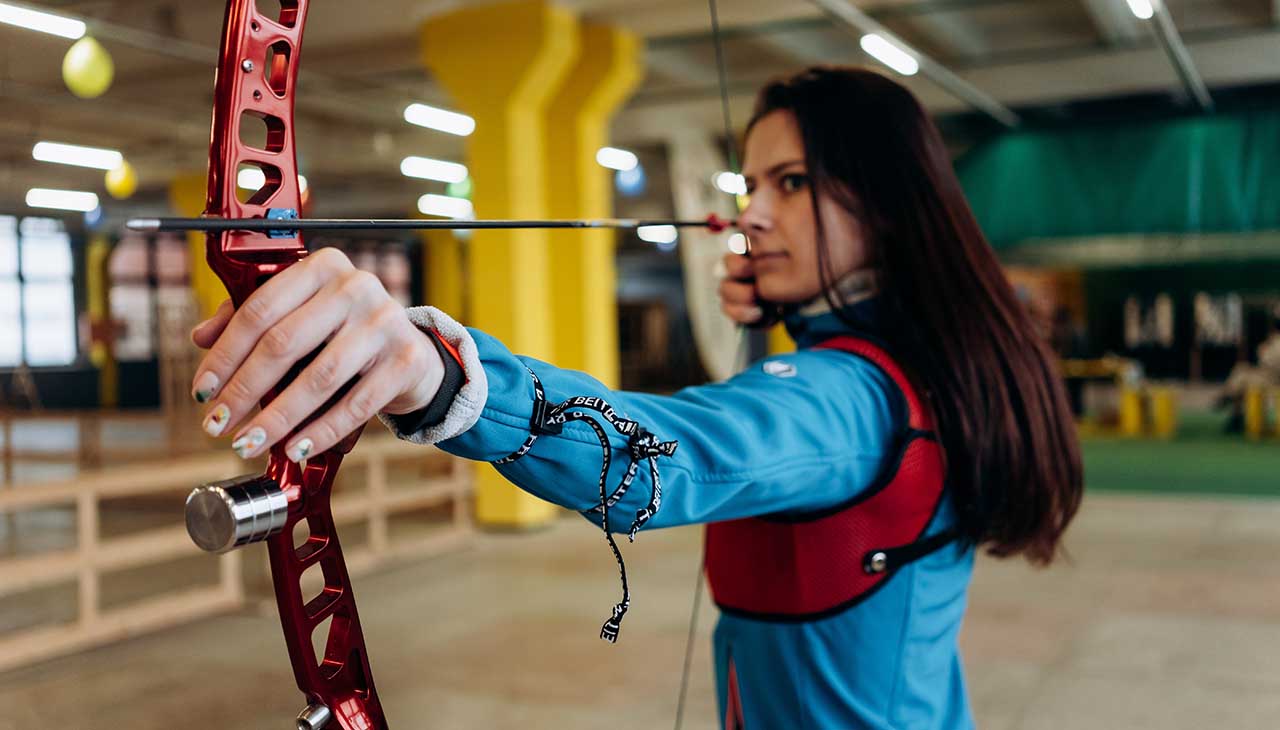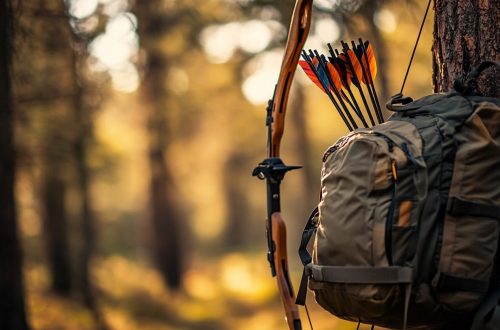In the world of archery, two types of bows often spark a heated debate: the longbow and the crossbow. Each has its unique characteristics, significant history, and devoted followers. In this article, we will dive into what sets these two bow types apart, their pros and cons, and the contexts in which each shines. Whether you’re a seasoned archer or merely curious about these fascinating weapons, our exploration into the longbow versus the crossbow is sure to enlighten and engage.
History and Origins
The longbow has a storied history, tracing its roots back to approximately 9,000 years ago. Predominantly used by the English in the Middle Ages, this bow type was a game-changer in battles due to its incredible range and penetrative power. The Battle of Crecy and the Battle of Agincourt are notable examples where the English longbowmen played a decisive role.
The crossbow, on the other hand, originated in ancient China around the 5th century BC. It was widely used in warfare across Asia and later Europe, where it was introduced around the 9th or 10th century AD. The crossbow was revered for its power and accuracy, and the ability to be used by relatively untrained soldiers, which gave armies a significant advantage.
Both the longbow and crossbow have evolved over the centuries, adapting to new technologies and materials, but their historical significance remains a key part of their appeal.
Design and Construction
When it comes to design and construction, the longbows and crossbows are significantly different. The longbow is a simple design, essentially a long piece of curved wood, usually yew, about the height of the archer. It is strung with a single string, and arrows are launched from the central part of the string. The simplicity of its structure made it easier to craft and maintain.
On the contrary, the crossbow is more mechanically complex. It comprises a horizontal bow-like assembly called a prod, mounted on a stock. It shoots projectiles, called bolts, and has a mechanism for drawing the string, usually involving a crank or windlass. The stock often featured a groove or barrel to guide the bolt, contributing to the crossbow’s overall accuracy. Its construction requires more time and materials, making it more expensive and labor-intensive to produce than a longbow.
Power and Range
The power and range of these bows are critical aspects that set them apart. Longbows are known for their incredible range, capable of accurately hitting targets up to 250 yards away. This range was a tremendous asset in warfare, allowing archers to launch arrows from a safe distance. However, the power of a longbow largely depends on the strength and skill of the archer, which requires considerable training and physical prowess.
Crossbows, in contrast, do not require the same level of physical strength to generate power. The mechanical design allows the bow to hold the drawn string in a cocked position, meaning the energy is stored until the archer is ready to release the bolt. This gives the crossbow a significant advantage in power and consistency. However, the range of a crossbow is generally less than a longbow, with effective ranges varying but typically being less than 200 yards. The crossbow’s superb accuracy and power at closer ranges made it a valuable weapon, regardless of its shorter range.
Rate of Fire
The rate of fire is another crucial factor when comparing longbows and crossbows. In this category, longbows typically have the upper hand. A skilled longbowman can launch between 10 to 12 arrows per minute. The simplicity of the longbow’s design allows for a swift drawing and releasing of arrows, contributing to its high rate of fire. However, this speed comes with a caveat: maintaining such a high rate of fire requires a great deal of strength and stamina, which can lead to fatigue over time.
Crossbows, while powerful and accurate, are slower to load and fire. On average, a crossbowman could release 2 to 3 bolts per minute. This slower rate of fire is due to the complex process of loading a crossbow, which involves drawing the string back and securing it, then loading the bolt. Despite the slower rate of fire, a crossbow’s tactical advantages such as its power, accuracy, and ease of use made it a formidable weapon on the battlefield.
Pros and Cons
Like any weapon, both longbows and crossbows have their unique advantages and disadvantages.
Longbow
Pros
- Range: Longbows possess an impressive range, able to hit targets accurately up to 250 yards away.
- Rate of Fire: A well-trained longbowman can release 10 to 12 arrows per minute, providing a much higher rate of fire than a crossbow.
- Simplicity: With its basic design, a longbow is easier to produce and maintain than a crossbow.
Cons
- Physical Demand: Using a longbow requires considerable physical strength and skill, which means not everyone can effectively use it.
- Training: To take full advantage of a longbow’s range and rapid-fire, an archer requires extensive training and practice.
Crossbow
Pros
- Strength Requirement: Crossbows do not require the user to have great physical strength. The bow’s mechanical design holds the string in a cocked position, which allows anyone, regardless of physical prowess, to operate it.
- Accuracy: The crossbow’s design, with a groove for guiding the bolt, makes it a highly accurate weapon at closer ranges.
- Power: The stored energy in a drawn crossbow can deliver a powerful shot, making it an effective weapon for hunting or warfare.
Cons
- Rate of Fire: Crossbows have a slower rate of fire compared to longbows, capable of shooting 2 to 3 bolts per minute.
- Range: Generally, the effective range of a crossbow is less than that of a longbow.
- Complexity: The crossbow’s intricate design makes it more labor-intensive and costly to produce than a longbow.
Applications and Uses
Both longbows and crossbows have versatile applications and use throughout history and in contemporary times.
Longbows
Historically, the prime application of longbows was in warfare, with the Battle of Agincourt being a notable example of their effective use. Archers could launch a rain of arrows from a safe distance, causing significant casualties. In the modern world, the longbow’s use has shifted more towards sport and recreational activities. They are popular in traditional archery and bowhunting, with enthusiasts valuing their historical significance and the skill required to use them effectively.
Crossbows
In ancient times, crossbows were used extensively in wars due to their power, accuracy, and ease of use. They played a crucial role in the territorial expansions of the Chinese Qin Dynasty. Nowadays, crossbows are primarily used for hunting and sport shooting. They provide a more accessible option for those who might struggle with the physical demands of a traditional bow, broadening the appeal of these activities. Some jurisdictions have laws specifically allowing the use of crossbows for hunting by those with physical disabilities. In the realm of sport, crossbow shooting features in regional and international competitions, including the World Crossbow Championships.



